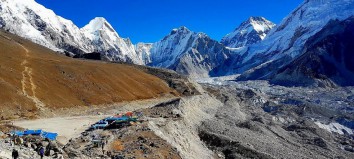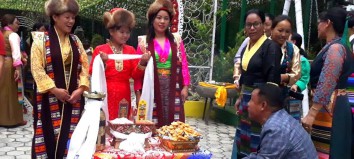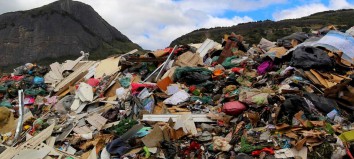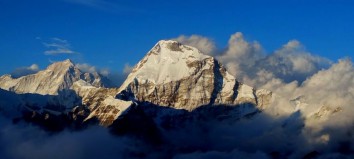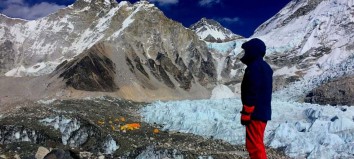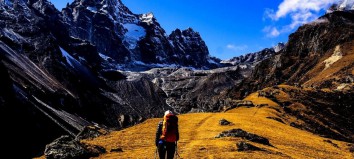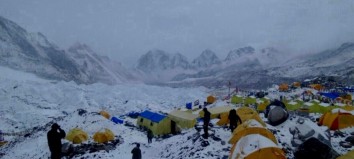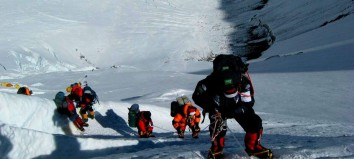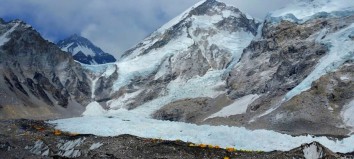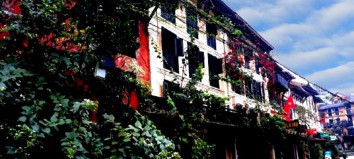Religious dance Nepal
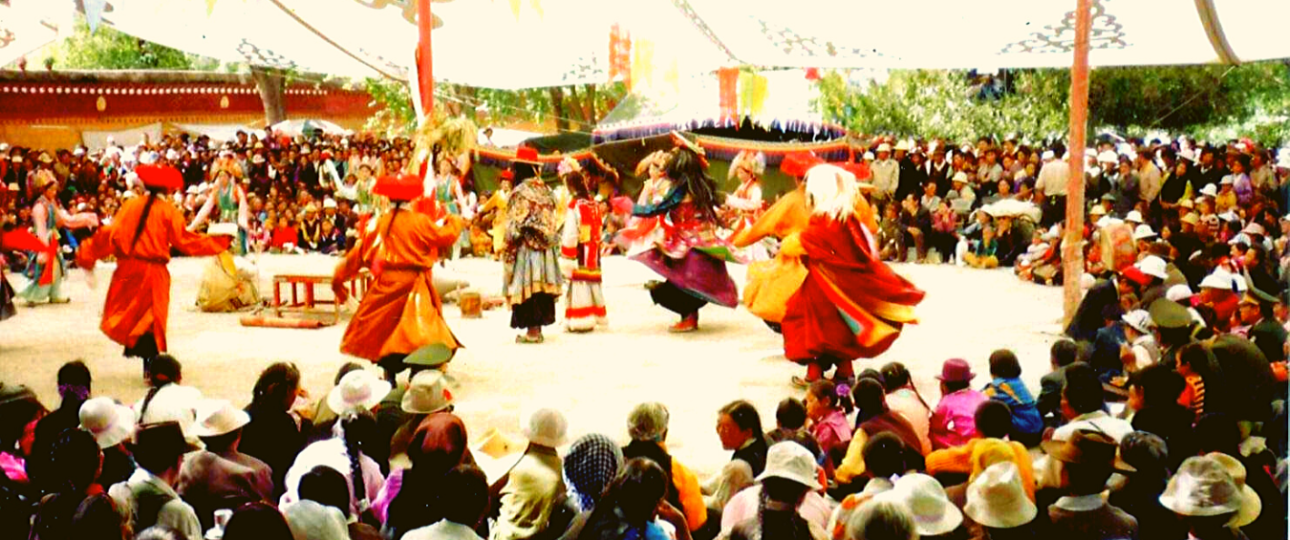
According to the legends state that the dance in Nepal originated in the abode of Lord Shiva. The Himalayas, where he performed the “Tandava” dance. This indicates that dance traditions of Nepal are very ancient and unique. With altitudes and ethnicity, the dances of Nepal slightly change in style as well as in the costumes.
Tandava dance:

Dance shivas in their form as Nataraja “God of dance.” Shiva’s dance and the universe are closely related. This form of Shiva dance (Tandava) signals destruction that annihilates the world.
Mask dance:

This dance form will be performed in Kathmandu, Patan, and Bhaktapur on religious holidays. Legends and myths, with the dancers wearing oversized, bizarre masks.
Rain dance:
This is a couple dance in which man and woman symbolized Shiva and his wife Parvati.
Jhakri dance:

The jhankri dance is danced by a shaman. With this dance the shaman tries to drive away the evil spirits. The drumming and ringing of bells hanging on the body should really scare the spirits.
Jhijhiya dance:
This dance form is very popular in Terai. The dance is dedicated to the goddess Durga. Girls groups balance water jugs on their heads with oil lamps on them.
Dhunnasa dance:
A group dance, during which bamboo sticks are swung, is usually performed at melas (popular festivals) or other events.
Ya-long dance:
This is a Limbu dance, but you can also find this dance form in other ethnic groups in Nepal. This dance is performed in a circle in a group.
Jhyaure dance:

This dance is extremely lively. The dips, leaps in the air and pounding the feet bring life to the dance. The audience also likes to participate in this dance. Jhyaure is very popular among the Magars and Gurungs.
Jhumara dance:
This is a men’s dance. At home in the Terai, the men play the role of Gopis, the milkmaids krishnas.
